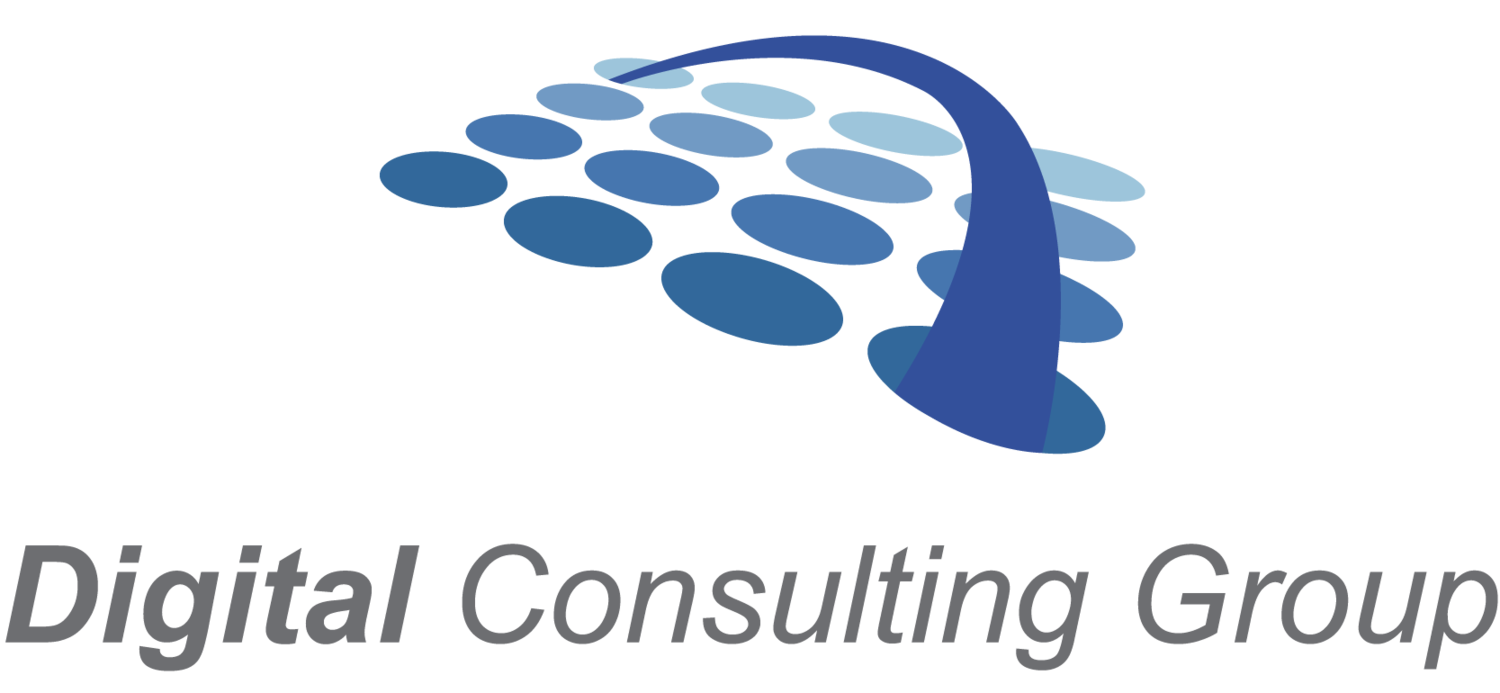digivoip Overview
Businesses, large and small, can take advantage the multitude of features available in the digivoip hosted phone system. Along with everything you expect from an onsite PBX, the digivoip hosted system adds mobility and site independence. The digivoip PBX is almost infinitely configurable, limited almost by your imagination. You can create your own business greetings or request a quote for a professional greeting to be created and installed. The digivoip PBX not only offers the best possible experience to callers, it also helps you get things done fast - and with a personal touch.
Extensions
Users connect to the digivoip PBX through extensions, and each extension can have multiple devices connected to it. These devices will ring in parallel when someone calls the extension, so a person can pick up the call on the device that suits him or her best. Each extension can have its own time zone, language, ringtone, address book and much, much more. Extensions may have administrative permissions; for example, for managing the central address book or for barging into calls. For each extension, working hours can be established and users can manually place them in do-not-disturb mode. There are many ways for redirecting calls.
Mailbox
Each extension comes with a mailbox so callers can leave messages. These messages can be shared in a group, moved to other mailboxes; users can also leave comments for mailbox messages. The digivoip PBX can also receive FAX messages and then send them to the user's email address, and FAX can be sent from the user's web interface – either using a standard web browser or the dedicated computer app. Messages can be escalated to managers when the user is unable to retrieve it in time. The digivoip PBX can use the Google speech API to convert mailbox messages into text; these messages can then be sent to the user’s cell phone as a preview of the message, or simply email the message as an attachment.
Auto Attendant
The auto attendant helps incoming callers find the right party for the call, generally via menu options or time of day. A selection of pre-recorded announcements makes it easy to announce shortcut numbers, for example, for sales or support departments. Or create/provide your own or request professional digivoip recordings.
Groups
Hunt Groups (or Ring Groups) call a list of extensions and can escalate calls based on simple rules. Groups can have their own ring melody and display the group name on phones, making which group is being called easy to discern. When necessary, users can be called on their cell phones when a call reaches a group.
Call Center
For more sophisticated call distribution, the digivoip PBX comes with Call Queues which are equipped to handle higher call volumes and sequentially distribute calls. While waiting, the digivoip PBX can play announcements and mix these announcements with music on the fly. Users can opt to receive a call back when it’s their turn, instead of holding. Agents can log in and out of the queues, and managers can see service level measurements for example speed of answer. For outbound calls, lists of numbers-to-be-dialed can be uploaded into the ACD; the digivoip PBX can then dial those numbers automatically and distribute them to an agent, or the agents can use a code to dial the next number on the list.
Conferences
Sometimes more than two people need to talk, and the digivoip PBX can mix multiple audio channels in spontaneous conference calls or in scheduled conferences. When setting up a conference, the digivoip PBX can send a calendar event to the invited participants and, if needed, calls the conference participants into the conference. Rapid response conferences can be commenced when one of the participants calls into the conference room.
Paging
The digivoip PBX comes with extensive paging features that can be used with standard desktop phones and with overhead speaker equipment; it supports live paging and recorded announcements. Predefined pages can be triggered by events - for example, when a user calls an emergency number or when a group receives a call.
CRM integration
There are several predefined CRM integrations available, including ZoHo, Salesforce and Hubspot; customizations for in-house CRM systems can be done through backend code. For hotels, the PBX integrates with mainstream PMS systems.
Microsoft Teams integration
The digivoip PBX can act as an SBC for Microsoft® Teams. Teams extensions can dial internal resources in the PBX, including overhead paging or other extensions using VoIP phones unavailable for Teams; the PBX can also terminate Teams calls into SIP trunks for outbound calls. Inbound calls can be sent to Teams extensions.
SIP Trunks
SIP trunks connect the digivoip PBX with the public telephony network. Numerous SIP trunk providers from the world over are available for a simple setup - typically the username and password suffice for trunk creation. Phone numbers can be assigned to accounts for inbound and outbound routing.
Address Book
The digivoip PBX keeps address books on a user and domain level, so that each user can have their own contacts and companies can share contacts. Contacts can be imported through the web interface or from Google G-Suite and Office 365. The contacts are stored on the server, simplifying compliance and making it easier to switch between devices.
VoIP phones
The digivoip PBX supports a great many VoIP phones through provisioning templates. Where available, the PBX uses secure communication for provisioning and calls. Button templates can be used to assign functions to buttons without touching the devices.
Reporting
There are numerous reports available for users, managers and system administrators. The PBX proactively sends emails and SMS messages when important events are happening; for example, when a new voicemail arrives, or a call is missed. Call reports can be sent daily, weekly or monthly. There are several ways to push call data records to external services for further processing.
Locally Hosted
digivoip is located on Australian Servers and supported locally.















